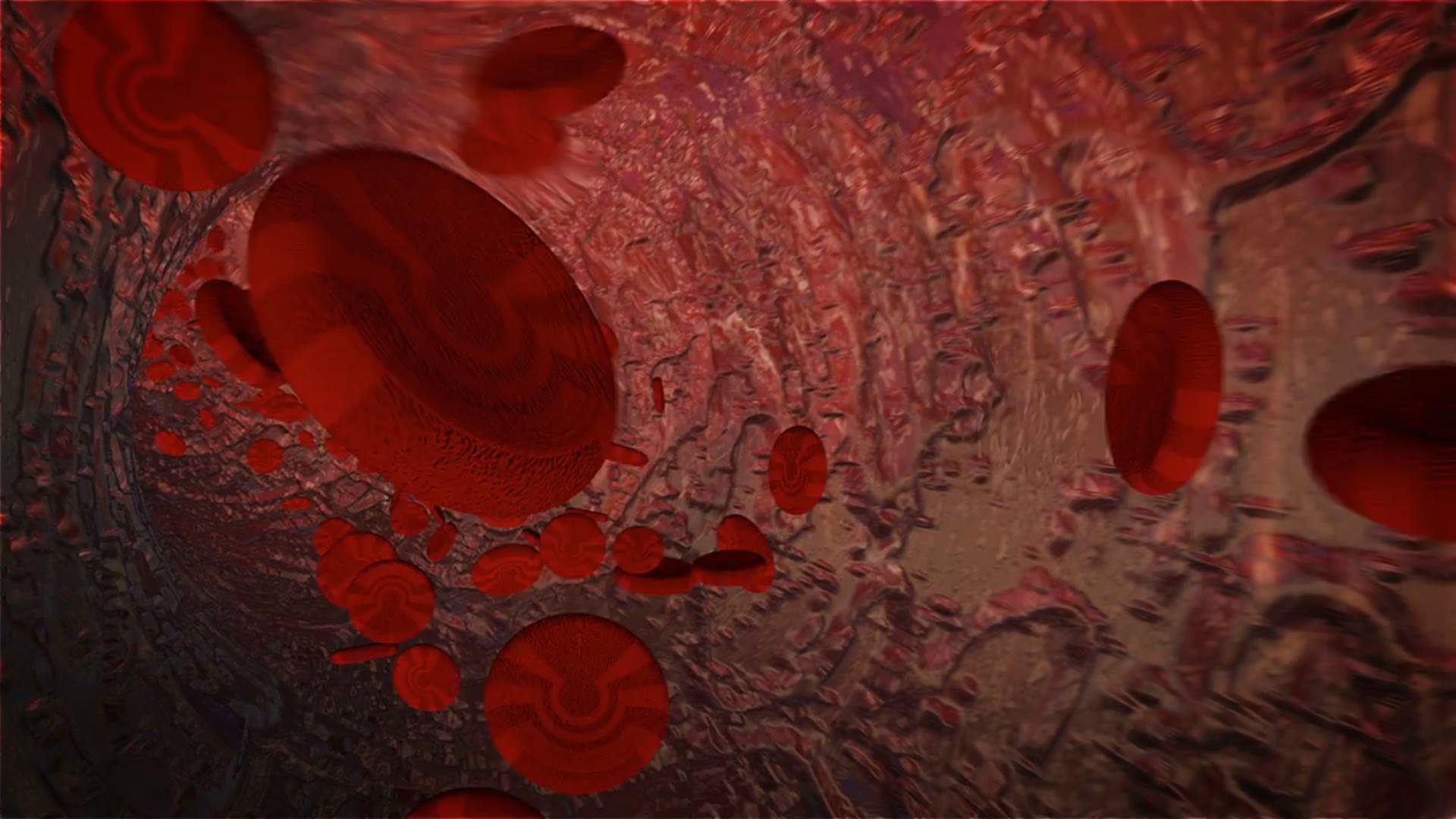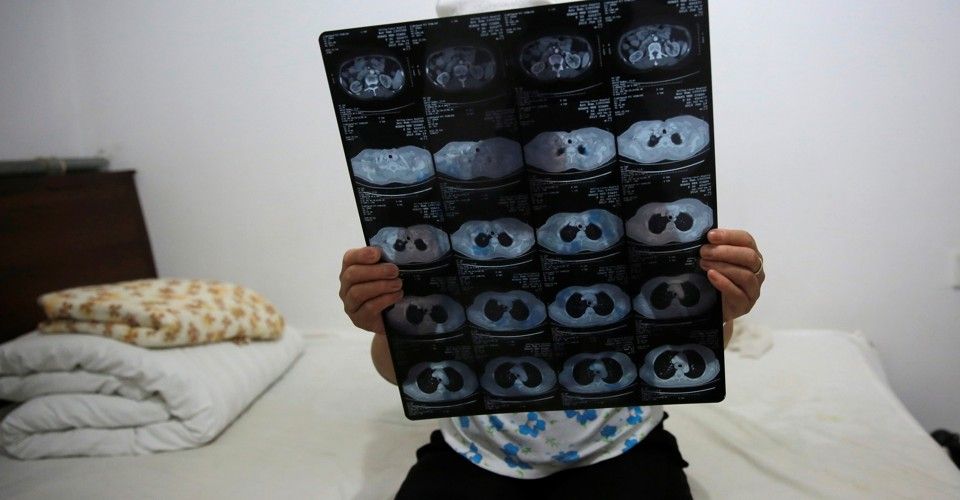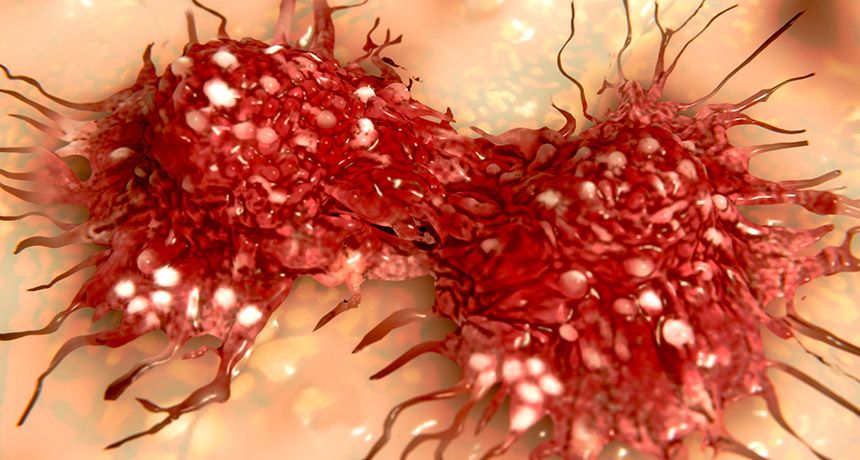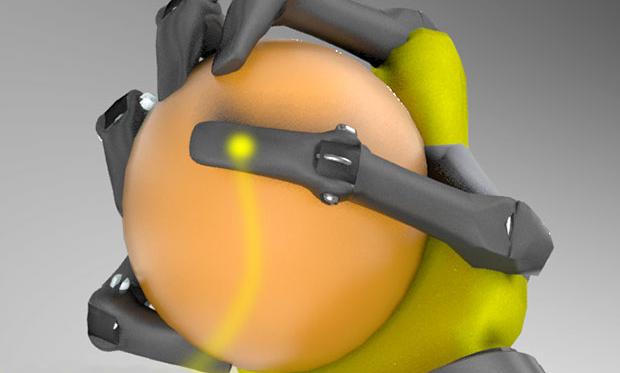Mar 31, 2017
SpaceX makes aerospace history with successful launch and landing of a used rocket
Posted by Shailesh Prasad in categories: drones, Elon Musk, satellites
After more than two years of landing its rockets after launch, SpaceX finally sent one of its used Falcon 9s back into space. The rocket took off from Cape Canaveral, Florida, this evening, sending a communications satellite into orbit, and then landed on one of SpaceX’s drone ships floating in the Atlantic Ocean. It was round two for this particular rocket, which already launched and landed during a mission in April of last year. But the Falcon 9’s relaunch marks the first time an orbital rocket has launched to space for a second time.
SpaceX CEO Elon Musk appeared on the company’s live stream shortly after the landing and spoke about the accomplishment. “It means you can fly and refly an orbital class booster, which is the most expensive part of the rocket. This is going to be, ultimately, a huge revolution in spaceflight,” he said.


















